
Prosciutto and parmigiano you’d find all over the world. Two famous brands that added Parma on the list of UNESCO Creative Cities for gastronomy. But even if it were not its famous foods Parma stands out with its magnificent buildings and its remarkable works of art. Its cathedral, Santa Maria Assunta rebuilt in the 11th century is a remarkable example of Romanesque architecture. The cathedral’s campanilla, built about a hundred years later shows sign of the coming Gothic.
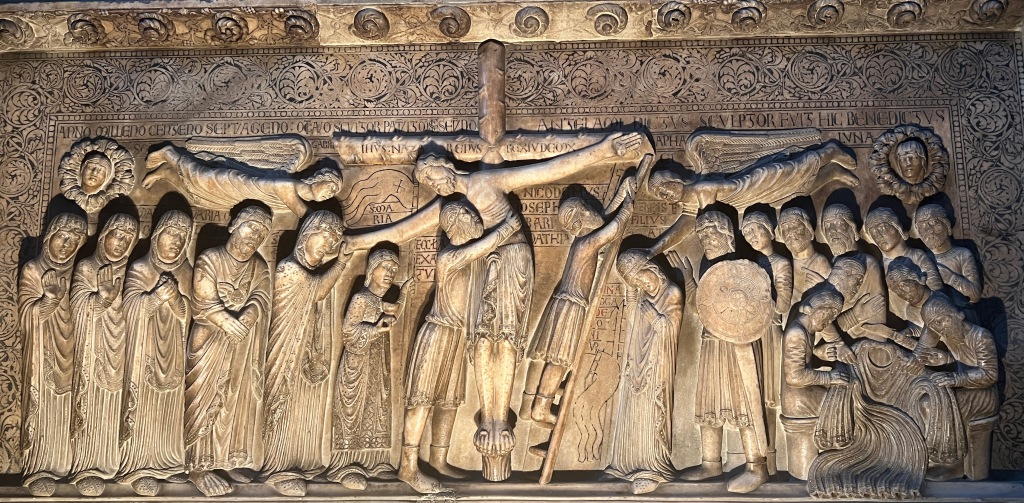
The inside of the cathedral brings together the most famous names of the Parma artists of the time with Coreggio painting the cupola and Benedetto Antelmi’s famous “Deposition”. On the nave’s walls stunning cycle of frescoes by Latazzio Gambara that tell the story of the Life of Christ and episodes from the Old Testament and the “Christ in glory” fresco in the apse by Gerolamo Mazzola Bedoli.

At the end of the 12th century the city council commissioned Benedetto Antelmi to build its now famous baptistery, an octogonal building symbolizing the transition from the rectangular form of cathedrals representing the earthly realm to the spherical form symbolizing the heavens. Besides being the architect of this masterpiece Antelmi sculpted a set of 12 statues representing the sign of the zodiac that were perched up in the loggias. Recently the statues were cleaned up and moved at the eye level, adding to the astounding plethora of treasures of the Baptistery.


After visiting the UNESCO heritage of Parma old town, Cavour street invites for a casual stroll and a stop on one of the restaurants’ terraces, a change of scenery from the incessant art that bombarded you in the old town. You take a break, clean your mind and your eyes and become ready for visiting the dense collections of Palazzo della Pilotta.
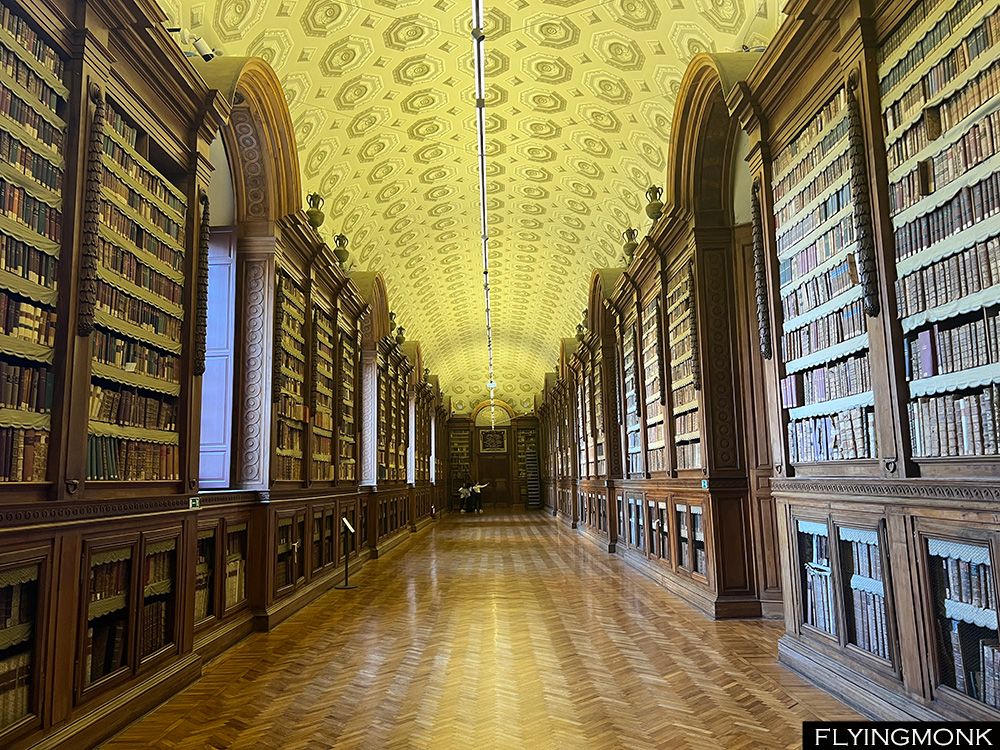
Palazzo dela Pilotta, taking his name from the game of pelota played once by the Spanish soldiers in its courtyard took us a large part of the visiting day. Its Biblioteca Palatina has one of the largest collection of Hebrew writings in Europe.

The palace hosts the national art gallery of Parma, an extensive collection displaying works of art of Italian and Flemish artists. And as it is the case in Europe and not in North America, the art is displayed sequentially, a march of history through art showing its evolution.

And when all is ready and done, the museums and churches closed for the evening, you revert to prosciutto and parmigiano reggiano for a delicious dinner.
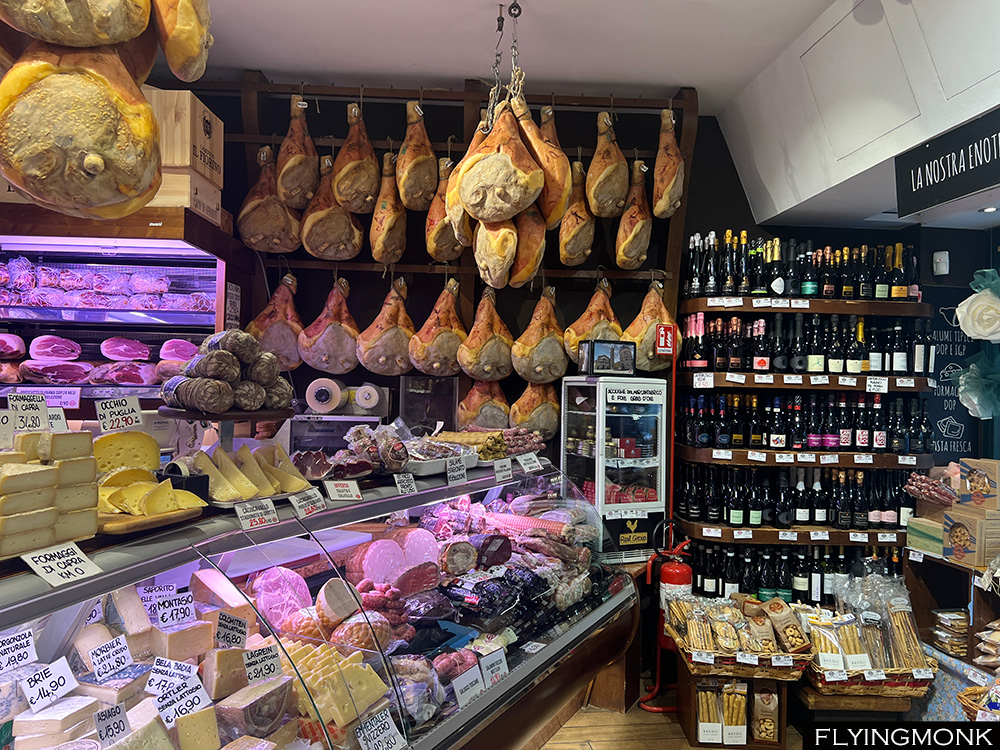


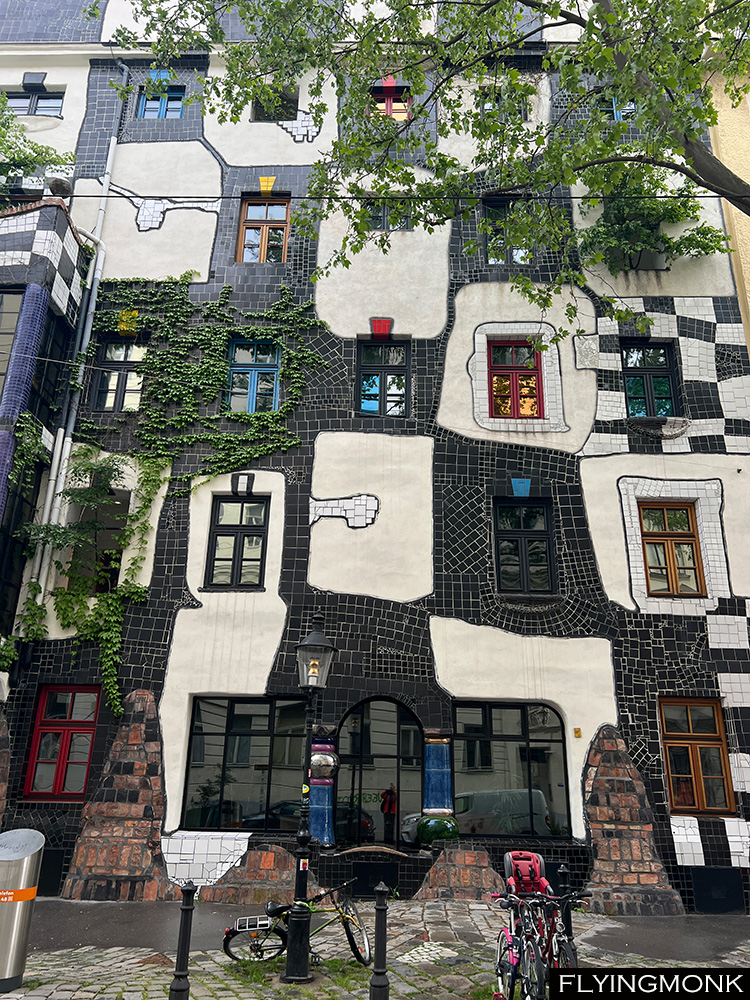











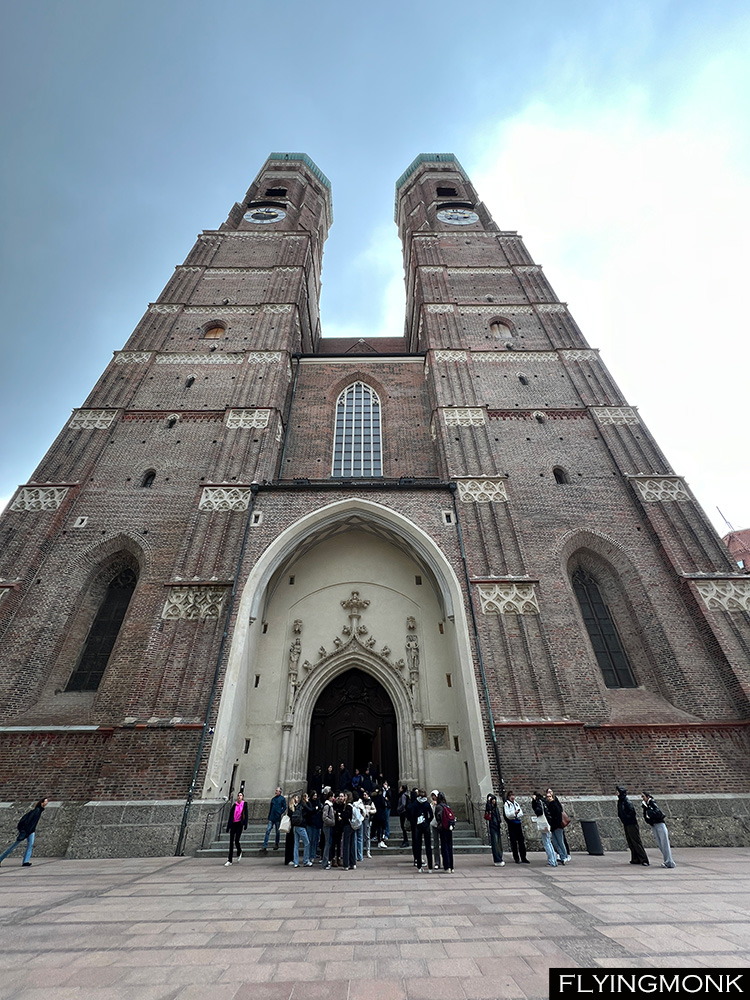




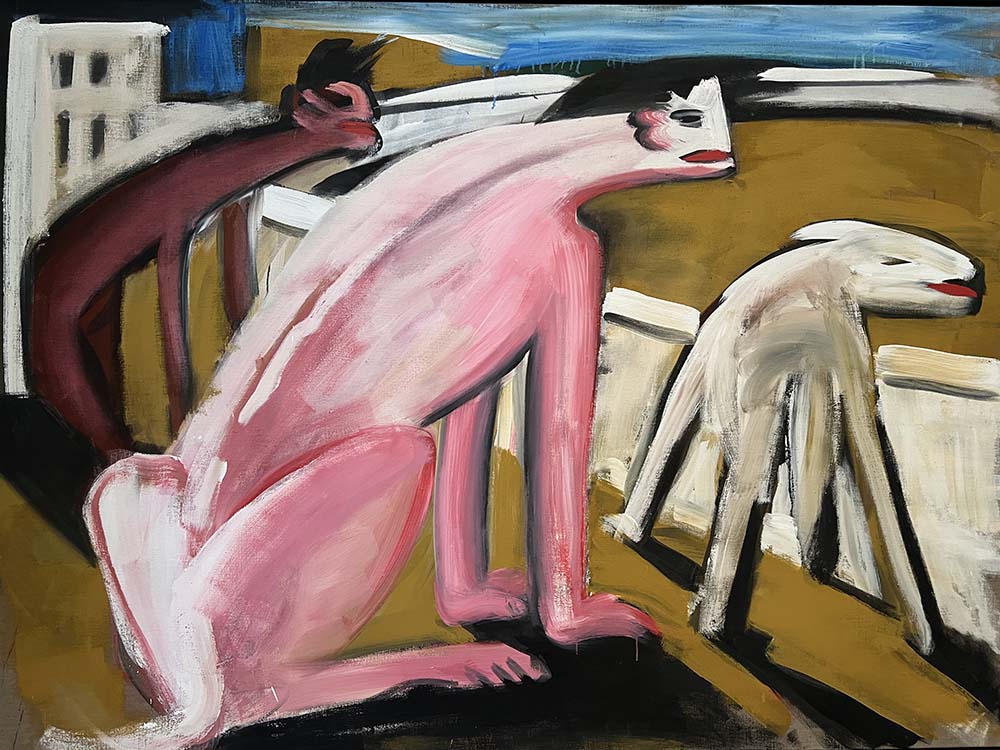
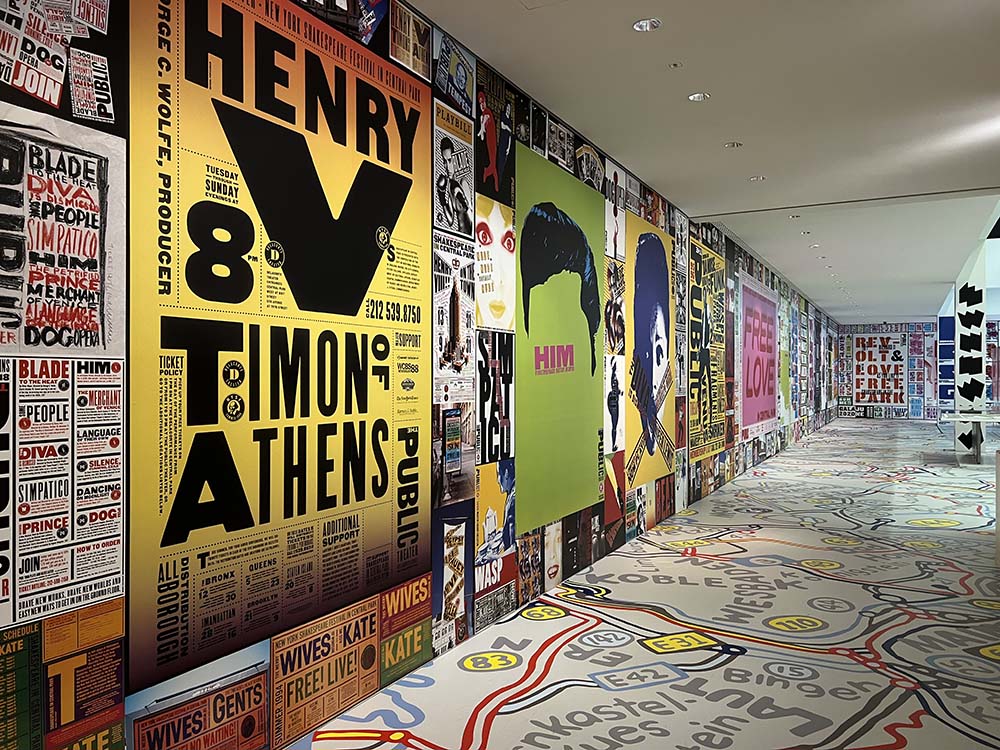
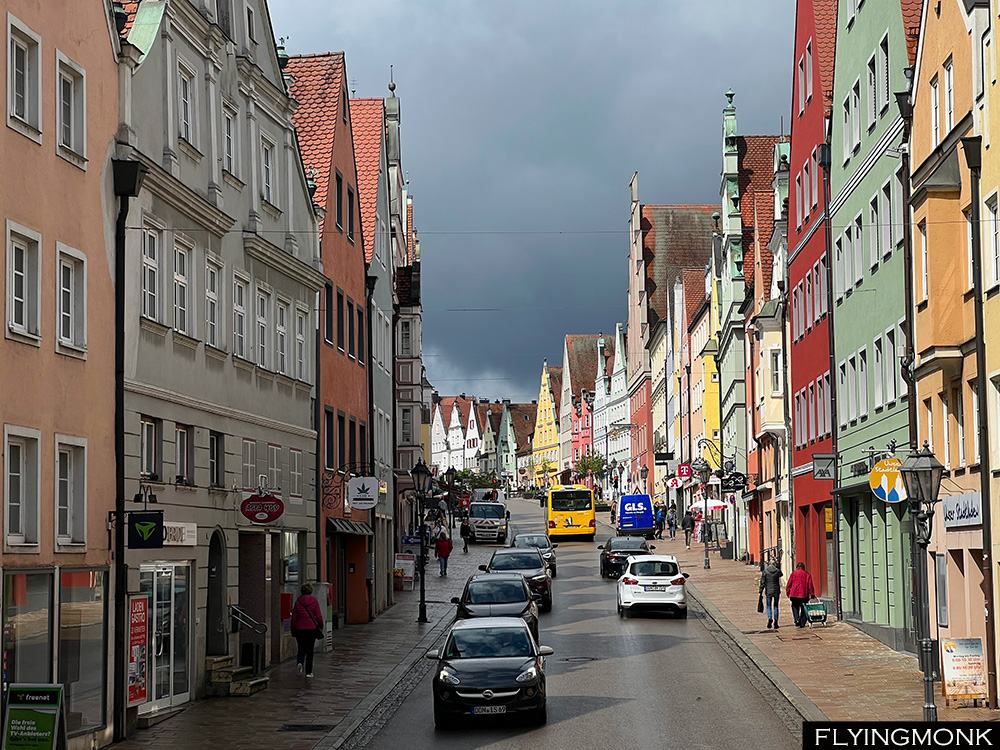
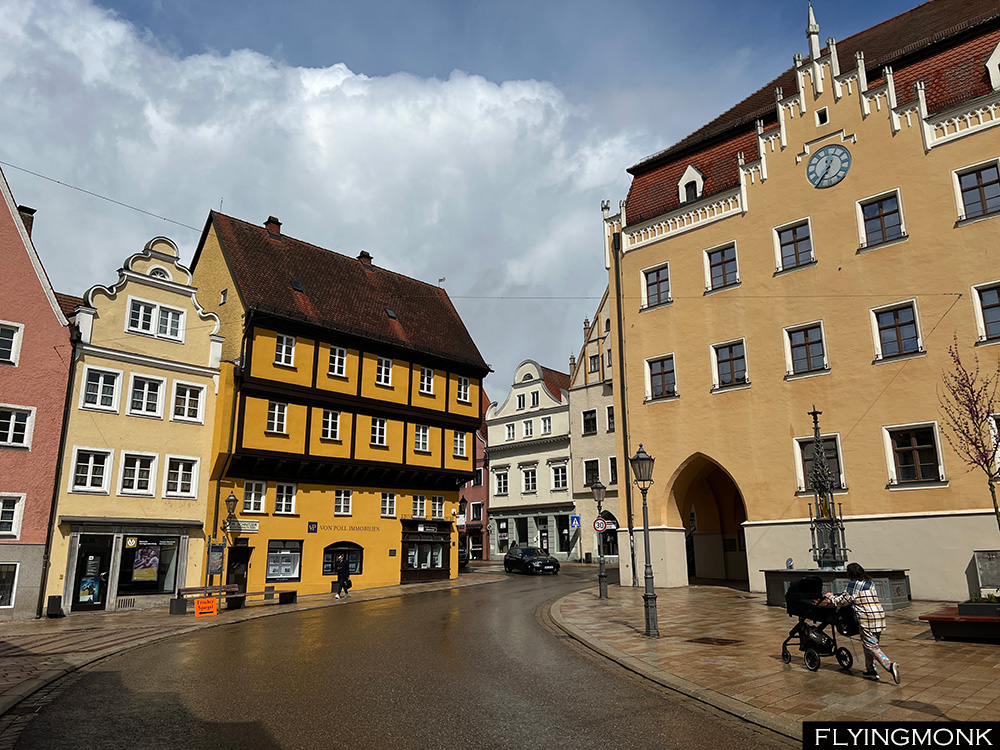


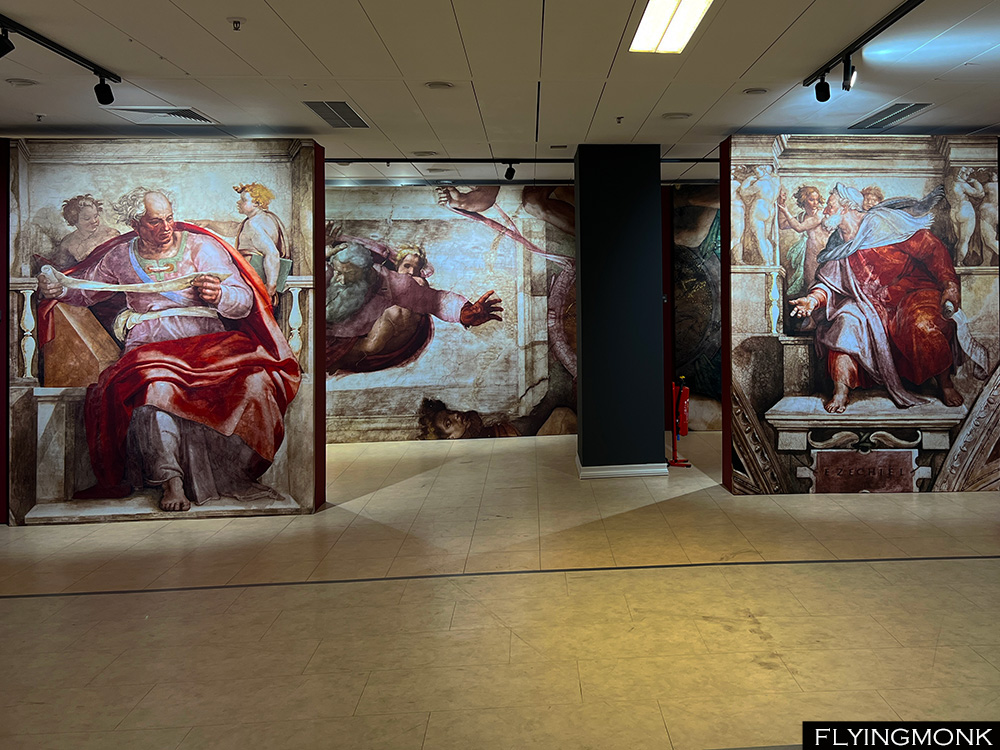

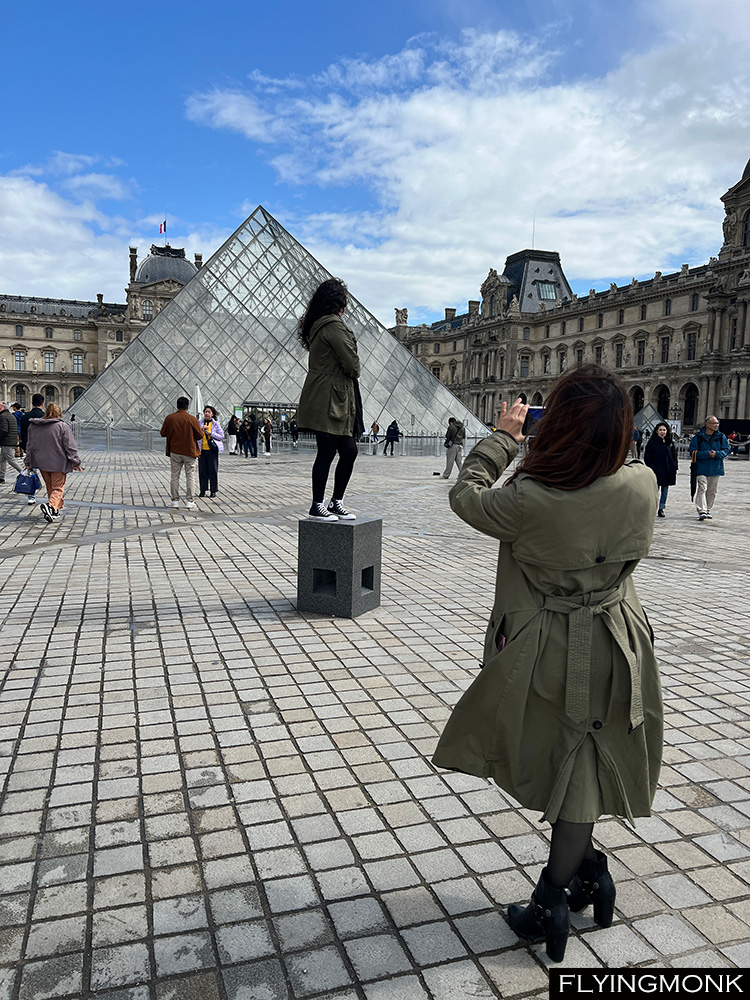




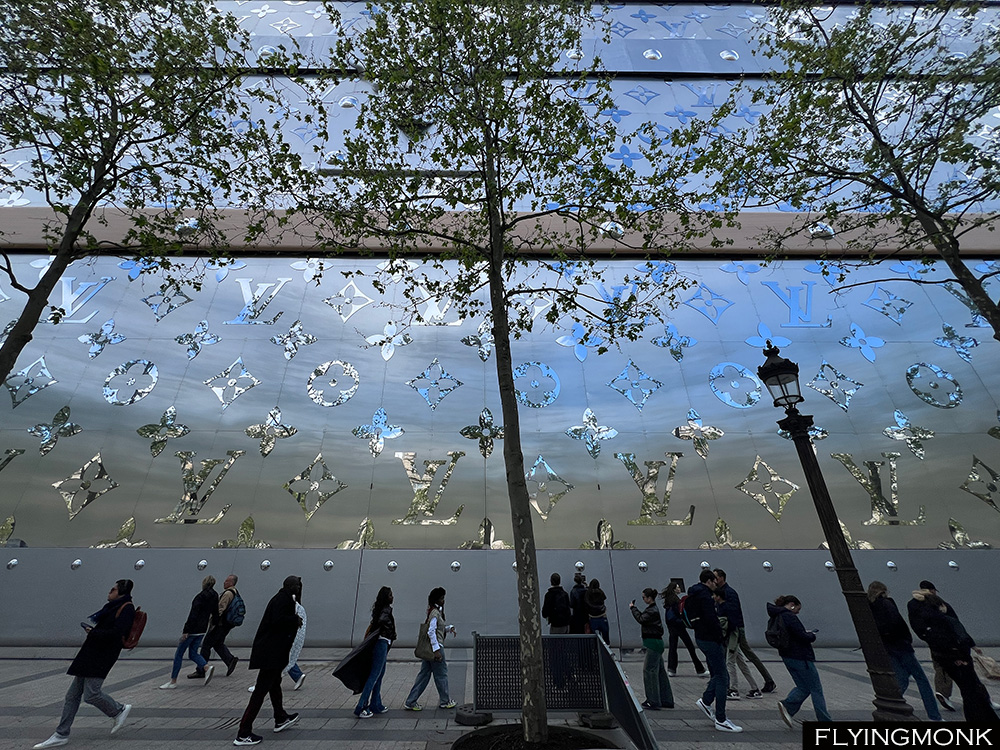
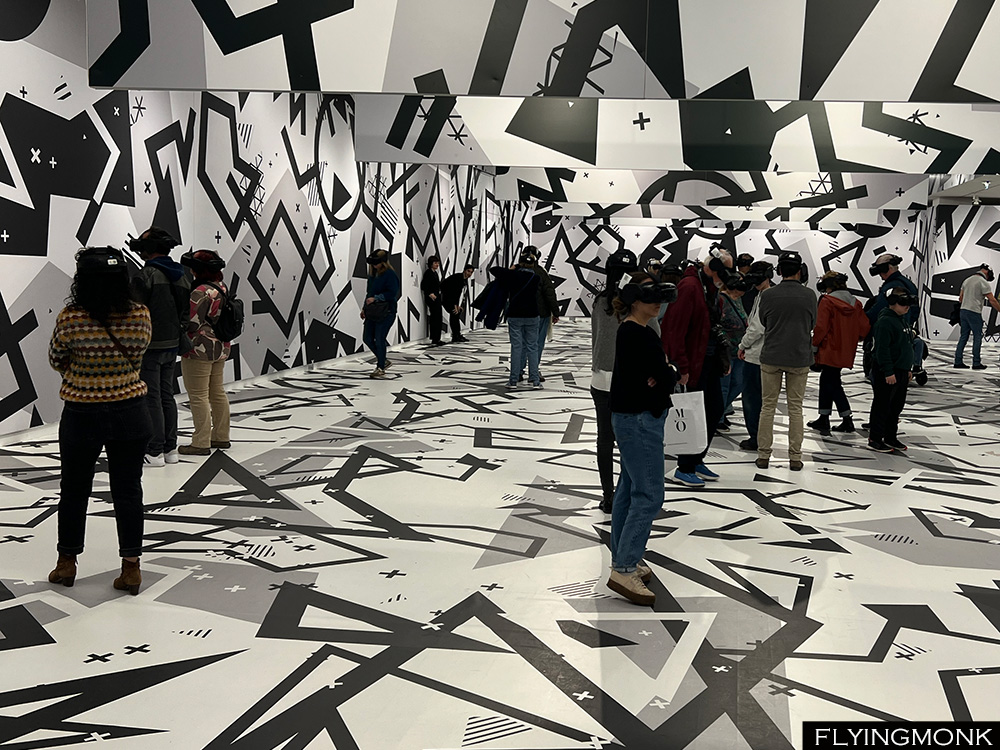
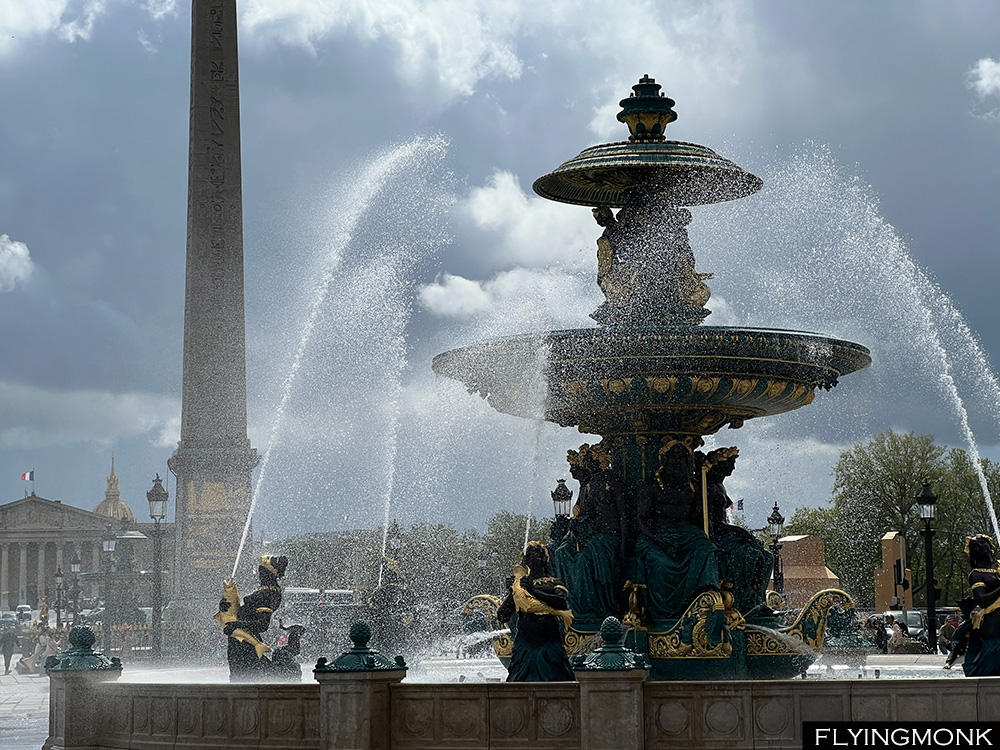








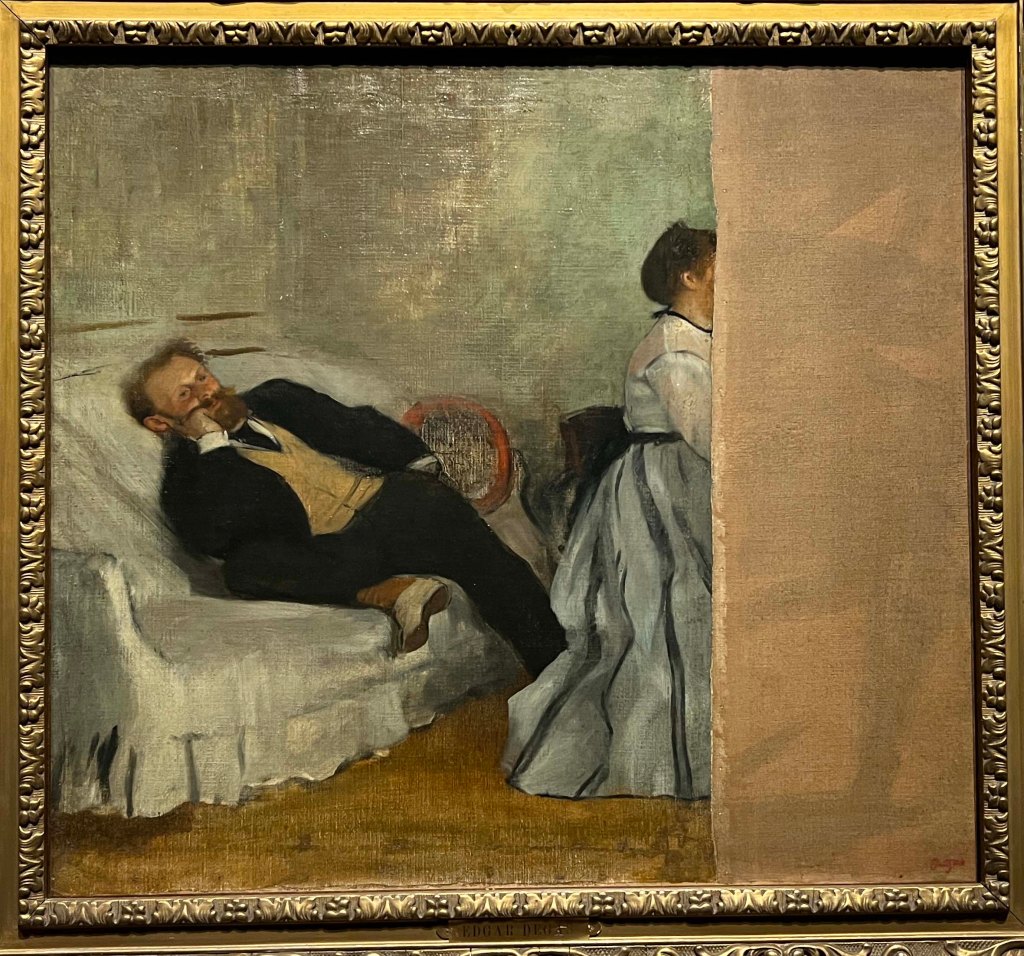

You must be logged in to post a comment.